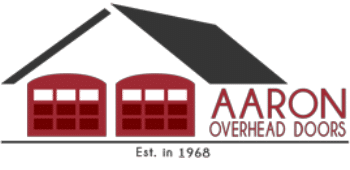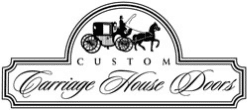
Why Does My Garage Door Open Again After Closing?
There’s nothing more frustrating than pulling into your driveway, pushing the button to close your garage door, and watching it start to close only to reverse itself immediately. It’s a common problem for homeowners near Monterey, Santa Cruz, Capitola, Aptos, Hollister and Salinas, especially with our coastal climate.
While it may seem like a major malfunction, this behavior is actually a built-in safety feature designed to protect people, pets, and property. The good news is that many of the reasons for this reversal are simple to diagnose and fix yourself.
As garage door experts in and around Monterey and Santa Cruz we have the answers and solutions you are looking for.
The Most Common Culprit: Your Safety Sensors
Almost all modern garage door openers are equipped with two safety sensors, or “photo eyes,” located a few inches off the floor on either side of the door. These sensors create an invisible infrared beam. If the beam is broken while the door is closing, it automatically reverses to prevent a potential accident.
Here’s how to troubleshoot your sensors:
- Check for Obstructions: The first thing to do is look for anything that might be blocking the beam. This could be anything from a child’s toy to a garden tool, or even a leaf that has blown in from the wind.
- Clean the Lenses: The sensors have a small lens on each side. Over time, these lenses can get dusty, dirty, or even covered in spiderwebs, which can interfere with the beam. Use a soft, clean cloth to gently wipe them off.
- Check Alignment: If the sensors aren’t pointed directly at each other, the beam can be misaligned. Look for the small LED lights on each sensor (they are typically green or red). If one is blinking or off, it means the beam is broken. You can gently adjust the brackets to re-align them until both lights are solid.
What Else Could Be Wrong? Other Common Problems
If the sensors seem fine, the issue could be one of these other common culprits:
- Incorrect Force or Travel Settings: Every garage door opener has settings that determine how far the door travels and how much force it uses. If the “down” force is set too low, the door might think it’s hitting an obstruction as soon as it meets the ground, causing it to reverse. Similarly, if the “travel” setting is off, the door may not fully close before the opener thinks it has reached the bottom.
- Worn-Out Springs or Rollers: Garage door springs counterbalance the heavy weight of the door. Over time, these springs can lose tension. When this happens, the door becomes heavier and can trigger the opener’s safety reversal feature, sensing too much resistance. Worn rollers or a buildup of grime in the tracks can also create enough friction to trigger the reversal.
- Floor Obstructions: An uneven concrete floor or an old, curled-up weather seal on the bottom of the door can create a false “obstruction” that causes the door to reverse.
Get information about the cost to repair a garage door spring.
When to Call a Pro in Monterey & Santa Cruz
While many of these issues are simple DIY fixes, some are best left to the professionals, especially in the unique coastal environment of Monterey and Santa Cruz.
- Broken Springs: Garage door springs are under extreme tension and can be very dangerous to replace without the right tools and expertise. This is a job that should always be handled by a professional.
- Electrical or Wiring Issues: If your sensor lights are off and you’ve checked for obstructions and alignment, there could be a problem with the wiring. Tampering with electrical components can be dangerous and could void your opener’s warranty.
- The Coastal Factor: The salty, humid air in our area can accelerate rust and corrosion on metal parts like springs, cables, and tracks. A professional garage door technician understands these local conditions and can provide long-lasting solutions.
If you’ve tried the simple troubleshooting steps and your garage door is still reversing, it’s time to get expert help. Call 831-219-8648 for a safe, reliable fix or contact us online to schedule your free consultation.
Don’t risk injury or further damage.













